2000+ Cashless Garages
96% Claims Settled (FY 24-25)

2000+ Cashless Garages
96% Claims Settled (FY 24-25)


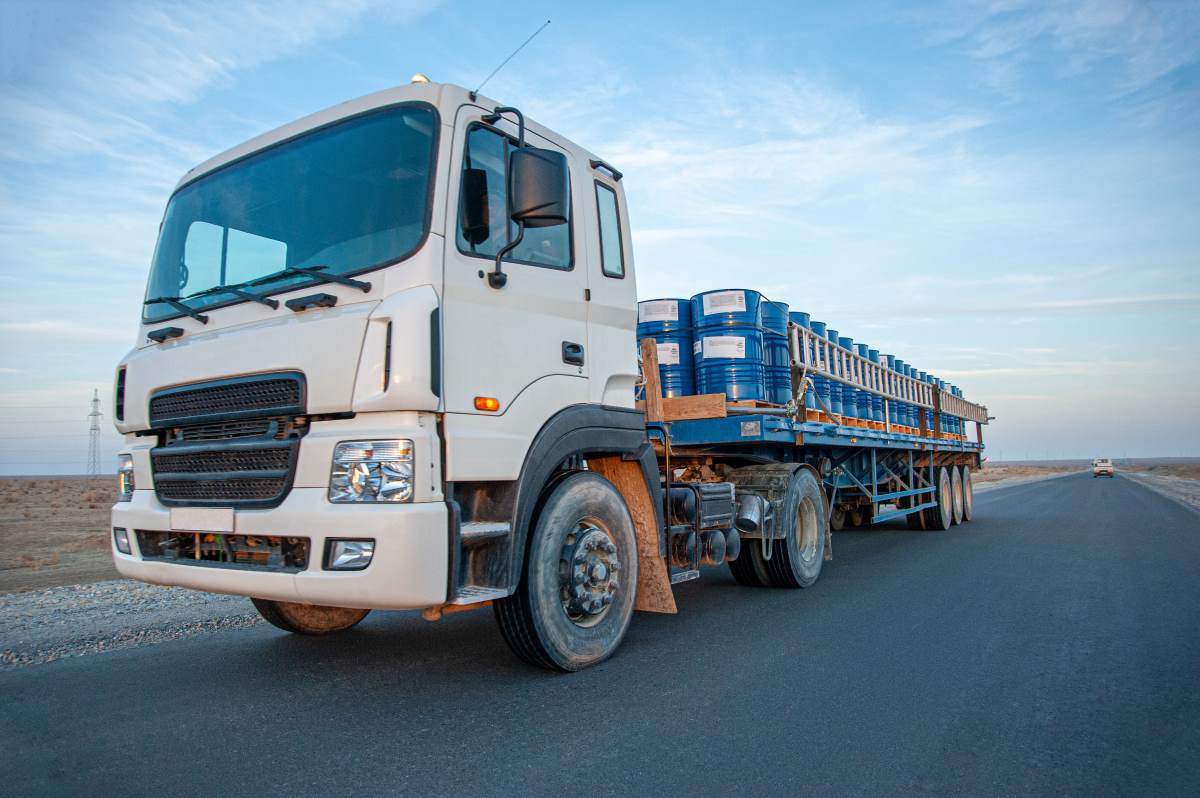
Heavy-duty trucks are commercial vehicles that can take a load without a trailer with a gross vehicle weight of around 15,000 kg or more. They are characterised based on their ability to carry heavy loads and durability to undergo long-haul transportation capacity.
Keep scrolling and learn more about heavy-duty trucks, their types, usages, advantages and disadvantages.
Fleet rental businesses and logistic companies widely use them, and heavy-duty trucks have the following usages:
Heavy-duty trucks are widely used in various fields as they can carry heavy-weighted goods and products. Some of the common types of heavy-duty trucks include:
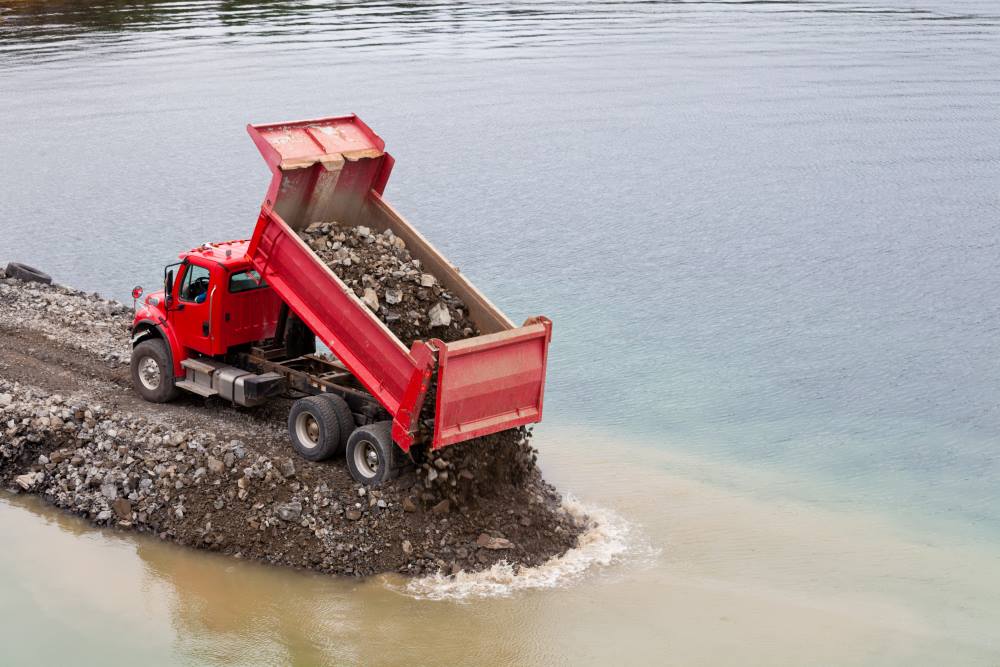
A dump truck transports loose material like sand, gravel, dirt, etc. Usually used by the construction industry, it is used to transport construction materials. It is the safest way to quickly transport loose materials from a site and is especially important in the early phases of a project.
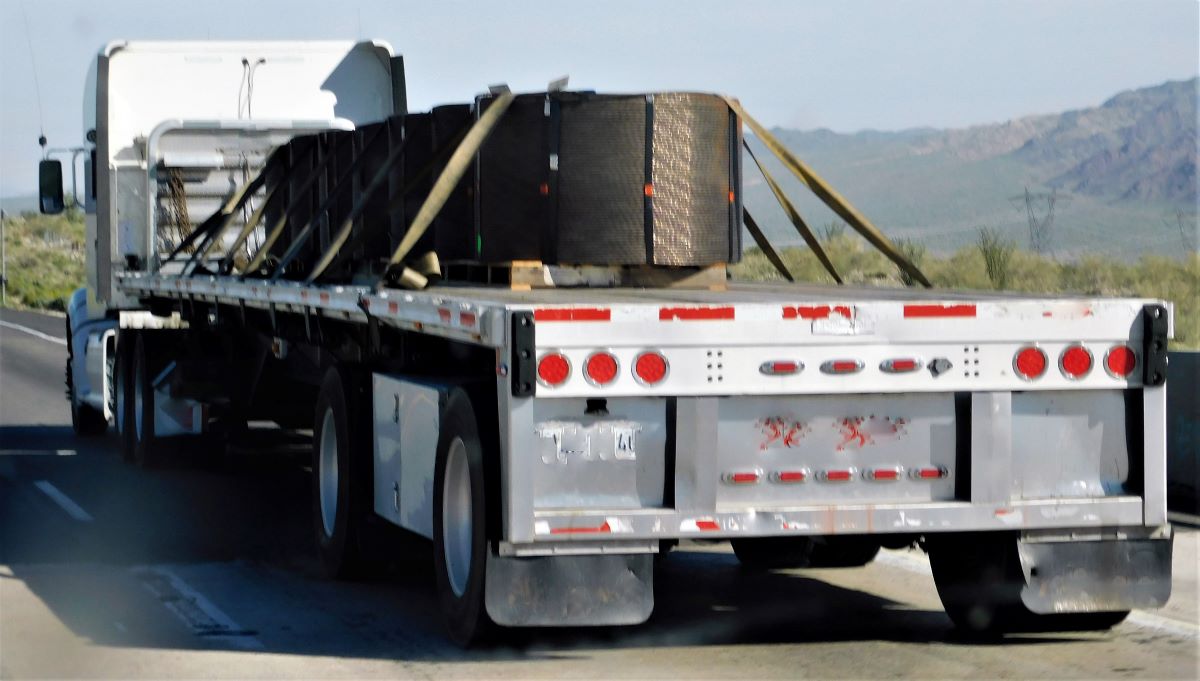
A flatbed truck has no roof or sides and is a flat, open-top trailer. It transports heavy, oversized, comprehensive, and indelicate goods that won't be compromised in bad weather or on rough roads.
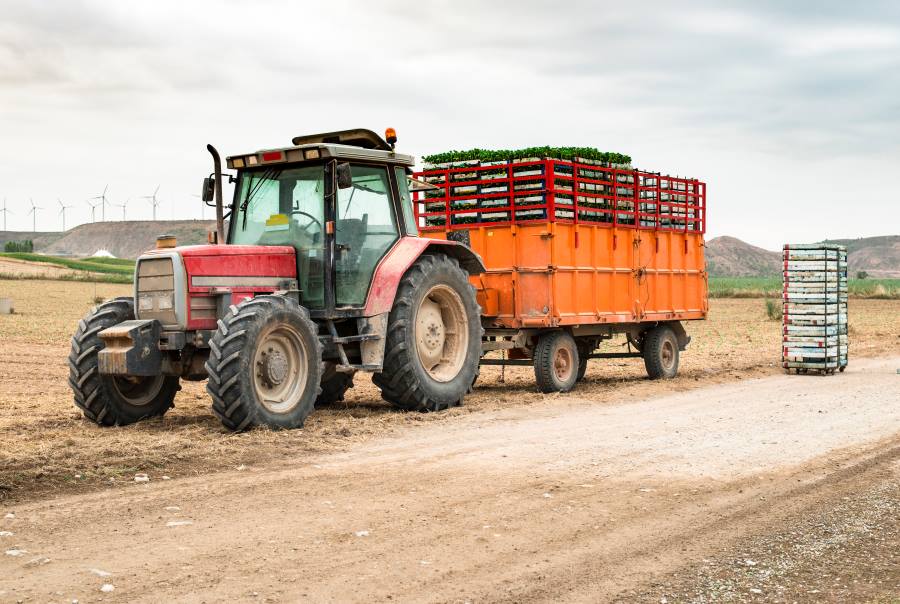
A tractor-trailer is a heavy-duty truck with two sections: a tractor in the front for the driver and a trailer at the back, which is a container for the loading of goods and material, generally connected by a metal bar.
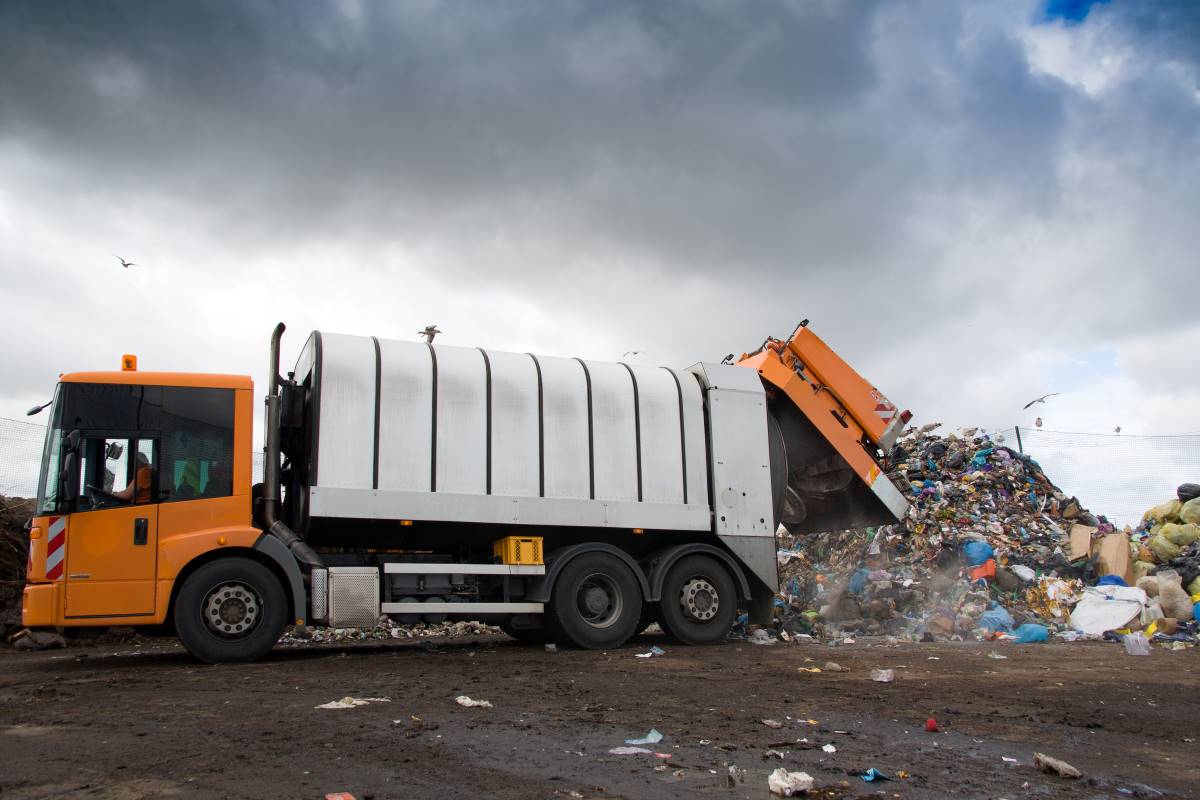
Garbage trucks are heavy-duty trucks that collect municipal solid waste and dump it at landfill sites, recycling centres, or transfer stations. Most garbage trucks can hold significantly more trash than other types of trucks.
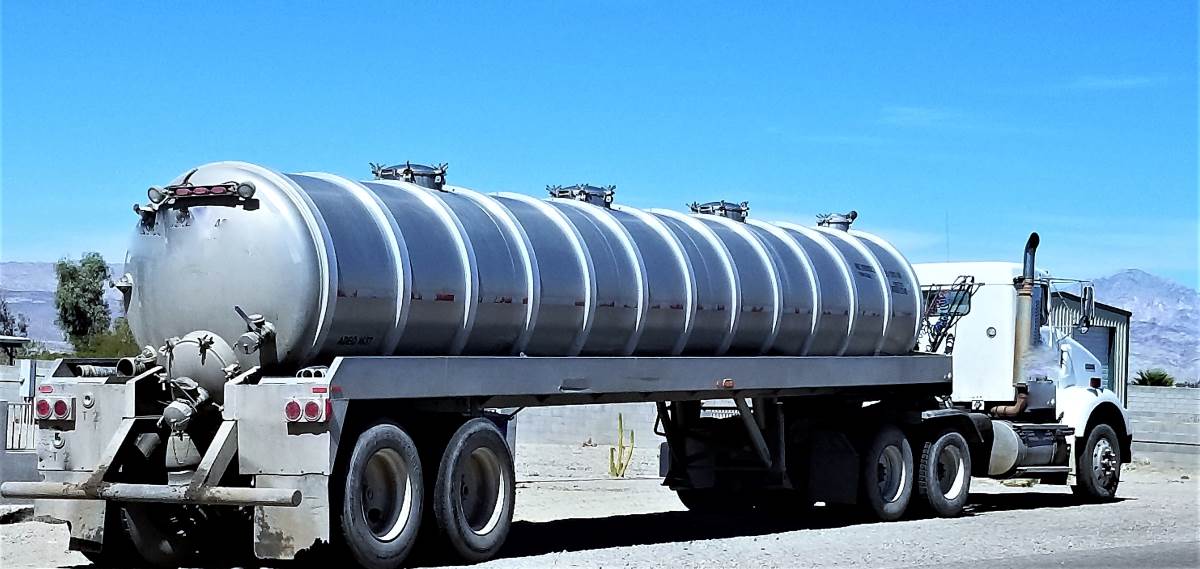
Tanker trucks are meant to carry liquids or gases on the road, which includes hazardous and nonhazardous liquids, chemicals, and dry bulk loads. They come in different variants depending on their insulation, pressurisation, or load-carrying capacity.
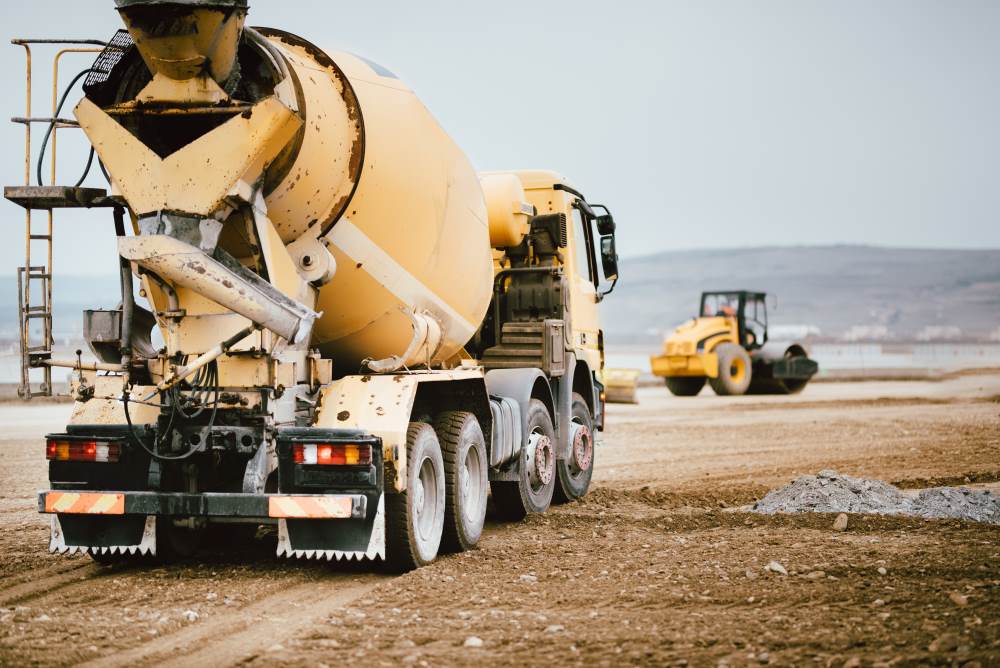
Cement mixers are heavy-duty trucks that mix cement, sand, water, and other aggregates into concrete for commercial use. Generally used at construction sites, these trucks have a rotating vessel powered by electricity or petrol.
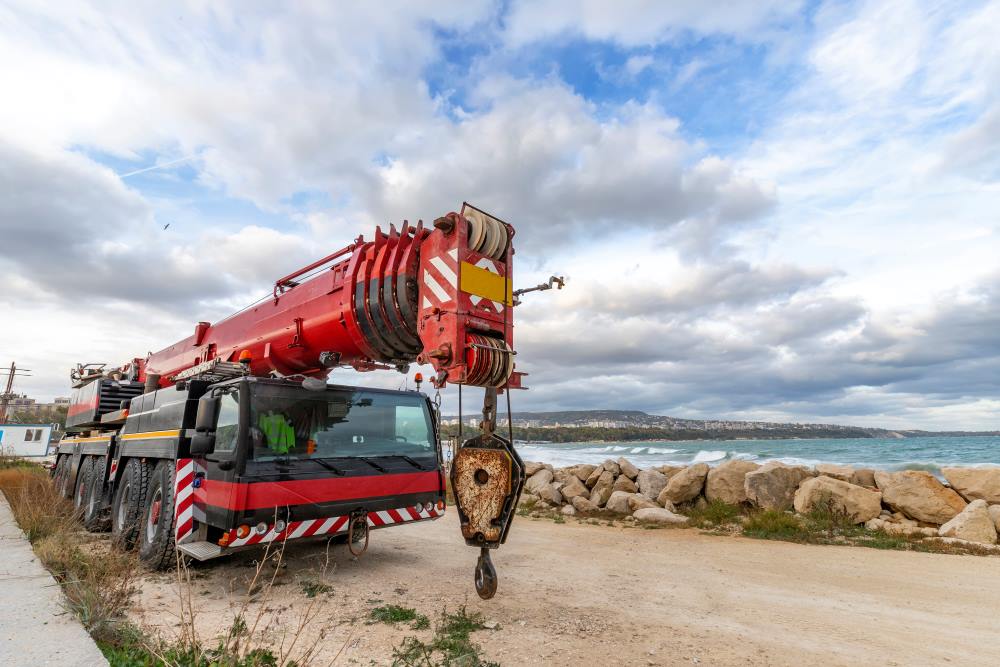
Mobile cranes carry heavy loads over a short distance. It has a telescoping boom crane that can move from location to location. They are used widely for construction, wind power projects, etc. These versatile cranes easily adapt to various work sites and lift a wide range of loads.
Heavy-duty trucks contain a significant amount of steel, aluminium, stainless steel, and moulded plastics in their essential components.
For instance, moulded plastics are typically used for creating complex shapes where flexibility is vital. On the other hand, axles, suspension components, frame rails, and engine mounts are typically formed from steel, either cast or fabricated and welded together.
Heavy-duty trucks have the following advantages over the other kinds of trucks:
Some of the common disadvantages of heavy-duty trucks include:
Thus, heavy-duty trucks have versatile usage over different industries and are designed to carry heavy loads for a long distance, which makes them economically viable and efficient for the effortless movement of goods.